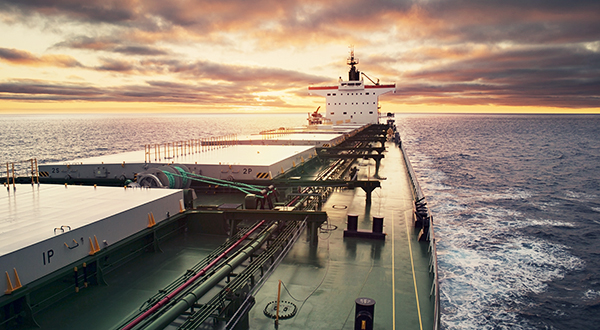Lloyd’s Register FOBAS has issued Q&A referring to the decision made during MEPC 70 to implement the 0.50 sulphur limit from 2020, and responded to key issues regarding the future fuel quality challenges. FOBAS advises what ship operators need to do for effective implantation and suggests important preparatory considerations.
The implementation of the 0.50% sulphur limit on marine fuels has already started and the ships are expected to have complied with the new regulation until 1st of January 2020.
FOBAS has proposed, for this reason, the following measures in order for ships to make the transition to the new sulphur regulation:
- Ships will need to review their fuel management strategy/plan to include the management of the expected diversity of fuel compositions, such as there being sufficient tank storage options to build in flexibility to avoid commingling two different bunkers,
- Considering the expected variability and unconventional blends coming into the marine fuel market, the key challenge will be for the ship’s crew to understand the likelihood that each bunker loaded will have different characteristics from the previous bunkers despite a similar ordering specification,
- Consider the cold flow properties in accordance with ISO 8217:2017 (i.e. sufficient heating capabilities in both residual and distillate fuel tanks),
- Ship owners should start dialogue with charterers and suppliers/traders with regards to the transition period for starting the switch to using 0.50% VLSFO which could be around October/November 2019,
- Ensure ships are already familiar and experienced in using such fuels before the deadline both with regards to technical implications and operational,
- Consideration will need to be given to preparing the tanks for the switch to 0.50% VLSFO and this may require tank cleaning of the remaining high sulphur fuel oil and sludge remaining on tank bottoms,
- Installation of voluntary designated fuel system sampling point in strategic positions is recommended as this would facilitate any inspectors request to take samples in a safe manner.
FOBAS also notes that ships that have been using the 0.10% ULSFO for both residual based and pure distillate operations will adapt more easily to the new 0.50% VLSFO’s. In contrast with ships that used high sulphur residual fuel oils.
Additionally, other questions in the FOBAS bulletin were addressing the present and the future of the 0.50% sulphur limit, with questions such as ‘how are the refiners and fuel suppliers responded so far’ and ‘what are the next steps by IMO for the new sulphur limit.’
Furthermore, some questions were about the fuels themselves, addressing the availability of the fuels, such as ‘when will the fuels become available’, and the potential concern about the quality of the fuels.
Finally, questions regarding the participation of FOBAS in the discussion about the sulphur limit and the way that ISO 8217:2017 will address the future fuel quality challenges, were also part of the FOBAS’s Q&A.
You can read the full report by FOBAS below
































































Fobas calculator needs version for vlsfo ?